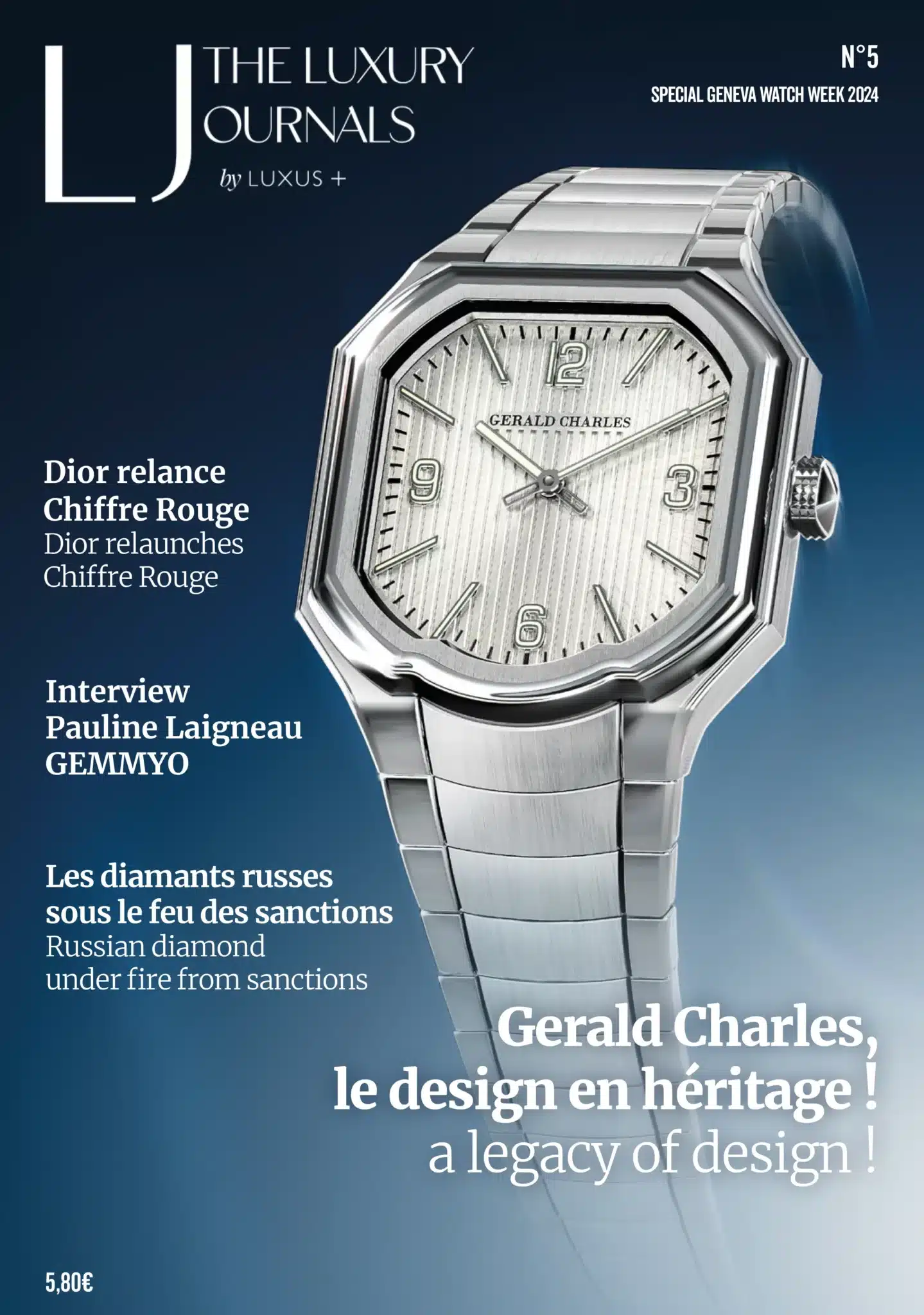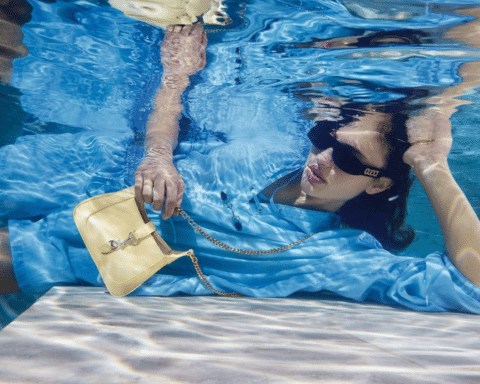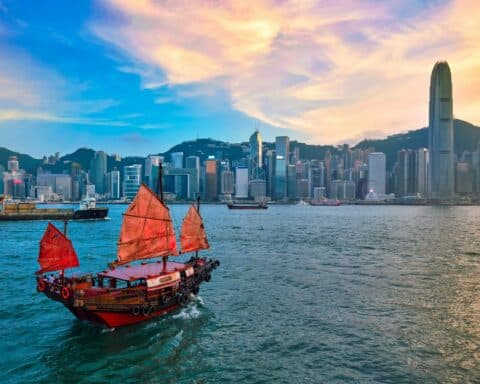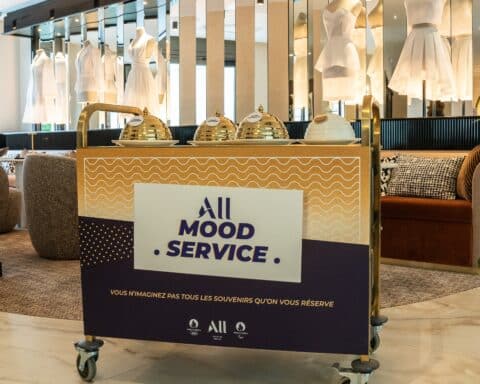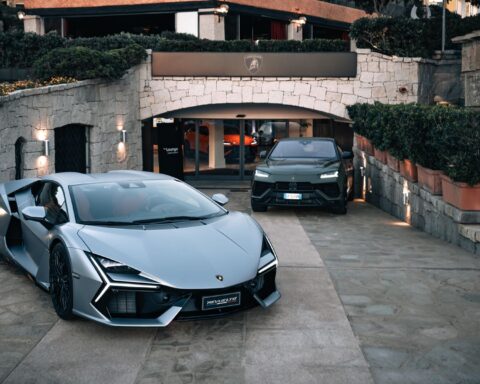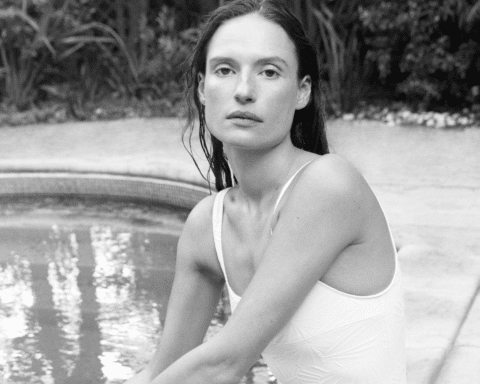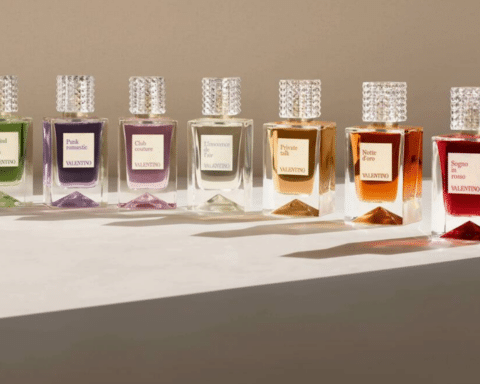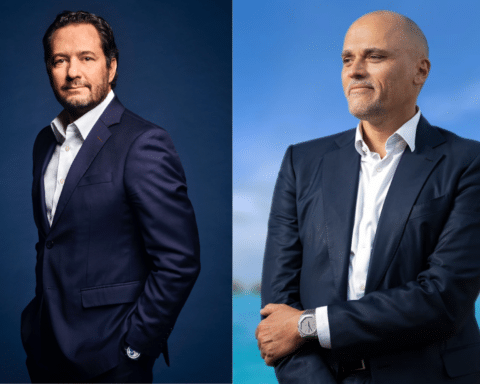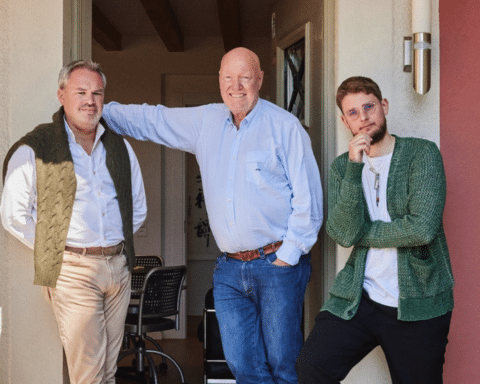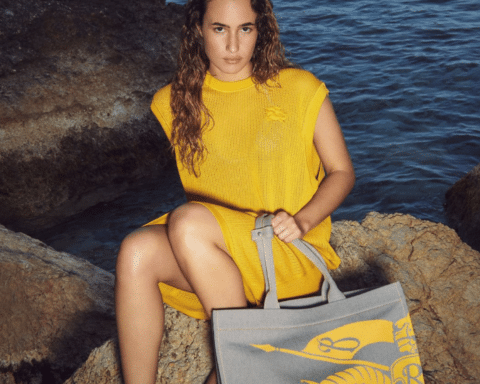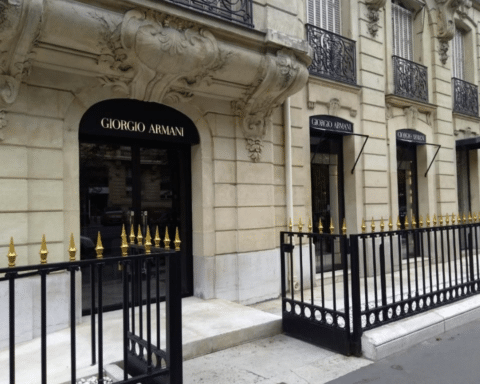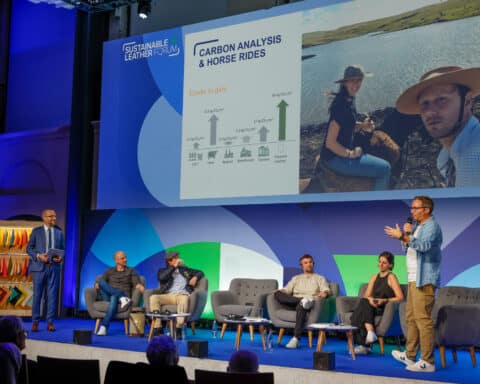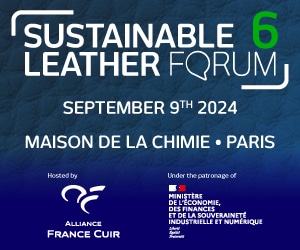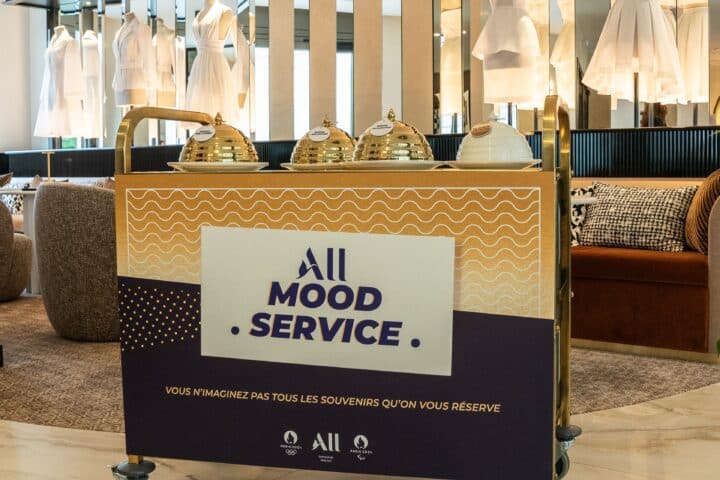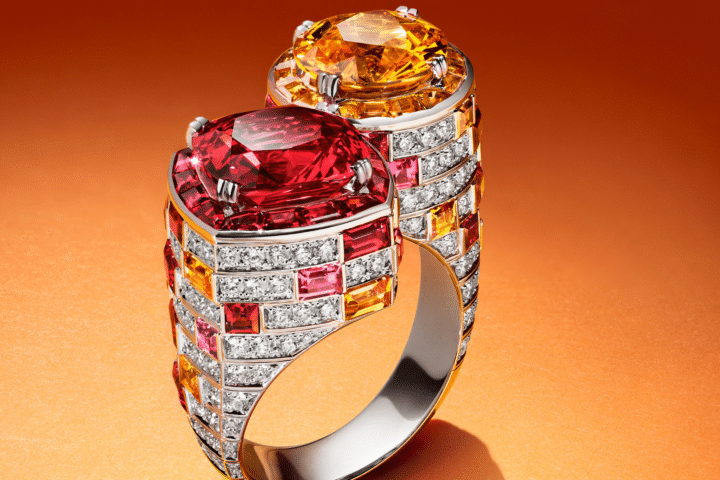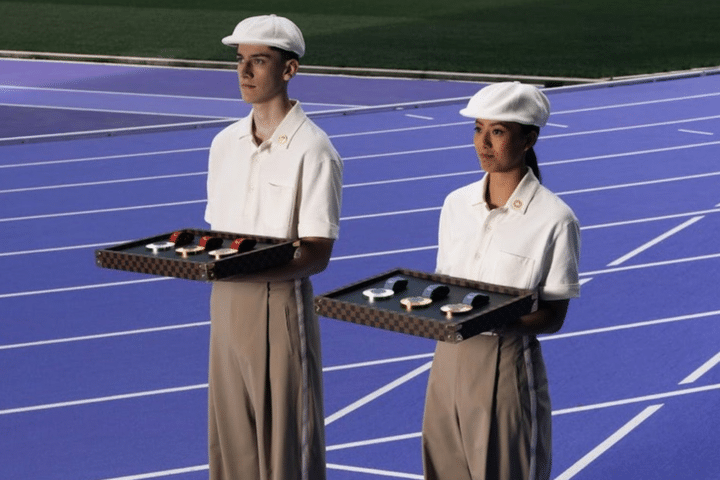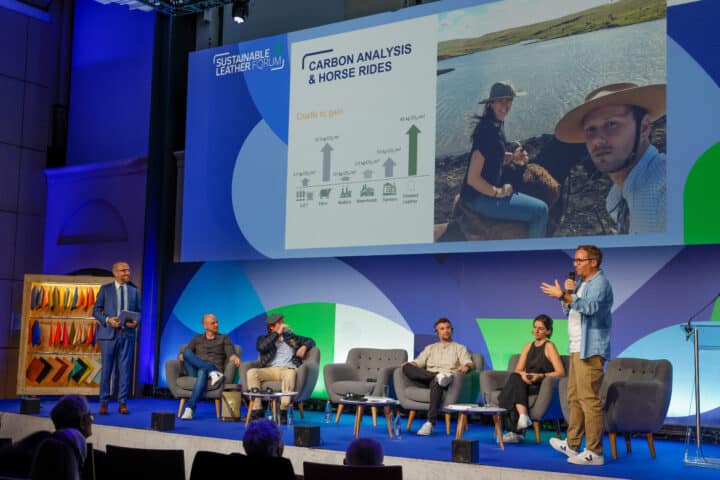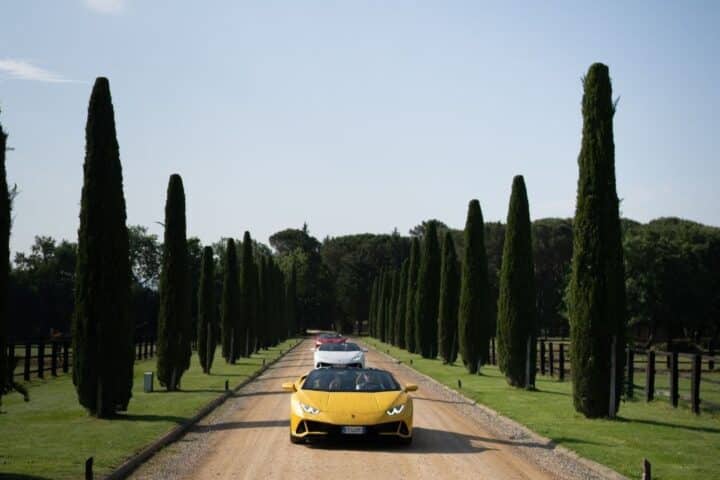As seen in the first part, Coachella has become a must-see annual event for the fashion and beauty world in the Californian desert, the Coachella music festival has also been attracting luxury brands for several years. The entry ticket – very high – guarantees them a refined segmentation for a viral event attracting the international golden youth.
The festival was quick to reproduce the Woodstock style of dress, not without a specific dubious mix of genres between cowboys conquering the vast plains and feathered Amerindians fantasizing. The festival-goer’s panoply quickly integrates denim mini-shorts, fringed jackets, flowery crowns, and cowhide santiags (ideally from the Sonora brand, at 600 euros each).
Meanwhile, access to Coachella is also becoming more and more expensive. From 50 dollars at the beginning, the entrance ticket has risen to over 1000 dollars in twenty years!
In this context, luxury brands are becoming more and more interested in the event.
Most of them prefer to propose marketing activations during the festival but far from it, or even sign the stage costumes of the different artists.
Thus, the mass-market lines of luxury brands such as Marc by Marc Jacobs (2014) or HUGO by Hugo Boss (2022) have proposed dedicated events during the festival in exceptional places. They rented luxury villas, hotels, or even mansions and decorated them with their colors. The Ace Hotel in Palm Springs, a major party venue that has become one of the festival’s flagship accommodation spaces on the outskirts of Coachella, is often the setting for brand operations.
This year, Guess – the luxury brand made in Los Angeles – offered its Guess Compound, a villa with a pool where many influencers flocked, including two stars of TikTok: David Dobrik and Alix Earle. They were offered various gifts like spa days, makeovers, dinners, and parties to promote the event. Besides promoting new collections, the primary function of these ephemeral establishments is to host memorable parties and generate a lot of aspirational content on social networks to promote brand preference.

If the festival is the pretext for brands to launch exclusive capsule collections available at their usual points of contact, some are also reviewing their distribution strategy to come closer to these festival-goers with high purchasing power. Coachella also lends itself to pop-up stores. For example, Yves Saint Laurent Beauty opened a temporary sales space in 2018 in an “Americana” spirit with a gas station feel and a neon billboard shaped like a giant lipstick tube.

Closer to home, the brand Pucci, known for its colorful psychedelic patterns, decided to launch a capsule collection specially tailored for the festival this year. The brand has partnered with The Webster, the Miami-based concept store with no less than 9 outlets in the United States, to ensure its distribution. Strategically, the fashion and accessories brand of the LVMH group seeks to capitalize on the recent opening of the fourth outlet of the concept store in California, not far from the Coachella festival.
But where luxury brands have no equal is on stage, and that’s since Beyoncé’s high-profile performance in 2018. The former member of the R&B group Destiny’s Child, nicknamed Queen Be, ultra-popular with Millennials, has offered the services of Balmain for her stage costumes. She marked her passage as the first black woman to headline the festival.
A passage was all the more viral, as it was widely relayed through the documentary by Netflix Homecoming, dedicated to the artist, released the following year.

From the next edition, luxury brands follow the movement. LVMH placed its brand Louis Vuitton and succeeded in a winning combination with Rosalia in a fuchsia jumpsuit and crop top and Bad Bunny in a fluorescent tracksuit.
In 2022, for the resumption of the festival after two canceled editions, it is Harry Style who makes a sensation in a Gucci rhinestone jumpsuit, while Chanel offers the “Coachella anti-dress,” a blue silk pastel shirt from the Fall Winter 2021 collection worn by the R&B singer Giveon.
By offering festive outfits to the biggest stars, luxury brands offer the services of ambassadors for a day or even a song.
This year, BlackPink made a big impression. Far from its usual partnerships (Chanel, Dior, Saint Laurent, Celine), the South Korean girl band was noticed with its black and pink outfits signed Dolce & Gabbana. However, it is far from being the only Western luxury brand to have dressed the first Asian headliners in the festival’s history. Mugler signed the outfits of the entrance and the final of the quartet, while each solo passage was the opportunity to highlight designers, such as Alessandra Rich, label Aadnevik or Julien Dossena for Paco Rabanne.

For her part, Angèle, presented as the “star of disco pop” by LA Time and Chanel ambassador, was not left out. After being dressed by the House of the Rue Cambon for an Instagram live during the confinement and then on stage during her Nonante-Cinq tour, the Belgian singer chose to show herself in a crop top and a mini-skirt with Swarovski crystals signed by Ludovic de Saint Cernin, the artistic director of the House Anne Demeulemeester.
Optimal Gen Z marketing targeting
But if brands want to capitalize on the Coachella phenomenon, it’s because the event attracts the younger generations and, in particular, members of Generation Z (born after 1995).
It must be said that by its ability to blur the codes of musical and clothing genres, the festival has what it takes to seduce this meta-generation (simultaneously), challenging the notion of sexual gender and refusing labels.
A generation much less rock than hip-hop – unlike its millennials predecessors – and much more inclined towards alternative and hybrid music styles such as rave, punk pop, or K-pop. Moreover, as a reminder of the pre-confinement, the 2023 edition invited their idol Billie Eilish – 22 years old – the youngest headliner in the festival’s history again.
Sign of this change of audience, the boho style (bohemian or hippie chic, accurate pastiche of Woodstock) emblematic of the festival before Covid and which had made the great hours of actors of the fast fashion such as ASOS, Forever 21, and H&M was replaced by outfits in the Y2K spirit, in homage to the clothing style of the 2000s. Crop tops and lace are more than ever in the spotlight.
Less ostentatious than in the past, the festival also seems to follow the trajectory started a few years ago by the influencer and supermodel Kendall Jenner: a stylistic turn of the quiet luxury with less visible logos and a more casual and less “disguised” aspect among the festival-goers. A change is visible in the clothing style of the singer Camila Cabello, a fan of cargo pants.
But Coachella’s secret weapon lies in its nickname, “Olympic Games of Influence.” To be convinced of this, you have to look at the figures generated by the influencers at the festival and relay the brands’ events to their large audience. In 2022, Hugo Boss opened a House of Creation, a real creative hub reserved for tiktokeurs. Seeking to target a younger clientele, the German brand was very proud of the results of its operation, with 1.3 million impressions. On TikTok, the Coachella videos generated more than 193 million views, while on Instagram, the engagement rate peaked at 26%.
This year, Alix Earle’s Coachella content for the Guess brand generated 119 million views on TikTok.
View this post on Instagram
According to Flourish, 43 million people saw Coachella-related content. Popular Chip also highlights the fact that Coachella content was viewed 12.6% more times than usual. Results that contrast with the pessimistic analysis of some media convinced that the festival is on the decline.
To increase awareness of the festival and reach people not very fashion-conscious, the web3 minded video game Fortnite – popular with Gen Z and Alphas – has created a virtual world for the second year in a row using the codes of Coachella. Ferris wheel, Spectra tower, palm trees… even the bold outfits of the festival go into the form of skins for avatars to unlock.

But the festival further strengthens its targeting through its updated partnership with Youtube. The video platform is a long-time partner of the festival (2011). But while the video streaming giant used to broadcast only the three best performances each year, it now simultaneously relays all the artists’ concerts on all six stages.
A change that promises to be fruitful if we believe the figures of this year’s live broadcast of the BlackPink concert from the Sahara tent, a metal superstructure stretched like a canvas more than 30 meters above the ground. According to Indie 505, 125,000 people saw the concert on-site during the first weekend of the 2023 festival. The company TechRadar has anticipated more than 250 million views on Youtube.
Read also > [Investigation] Coachella: the secrets of a viral luxury to the test of Gen Z (Part 1/2)
Featured photo : ©Presse


